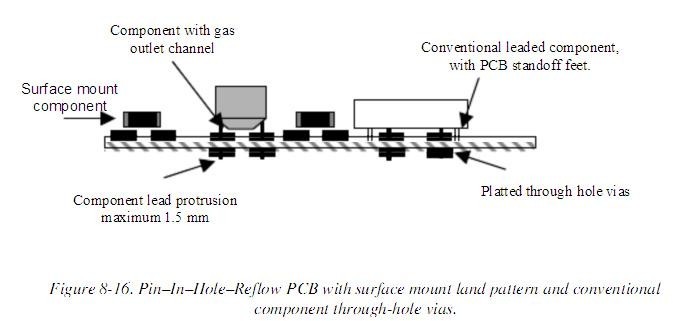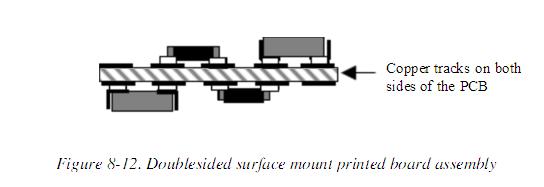Search title or content
-
Projects
- By Source Files
- 20241009 llp CNC |3D Printing Project, Start buildingCNC | 3D Printing Project
- PW255474ASG14_2153 ZIP - WinRAR
- popo-20221111-pcb-smt-aaa-share_yellow.rar
- 活动结束后提交的please check
- popo-0831 Free and hardware
- activateendzxc
- Enter the title_ of your projectEnter the title_ of your projectEnter the title_ of your projectEnter the title_ of your projectEnter the title_
- wang test 20240416
- W75150ASL110_PCBWay_Xmas22_snow
- C-S230W885437A_C-N11W00007A_1- this is fumo-Vacuum casting
- Start building your project
- 国内SMTsssss
- View all source files projects
- Questions
- Sponsorships
- Feedback
- Videos
- Blog
- Store
- PCB Design





